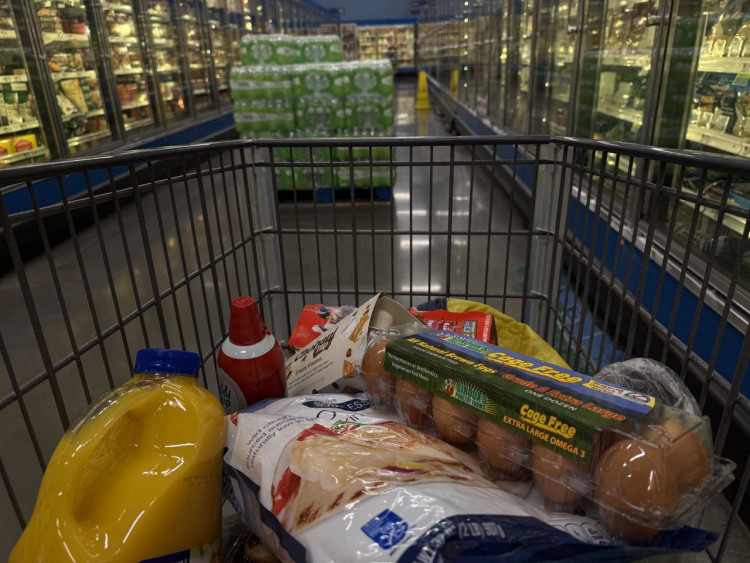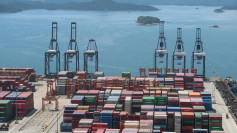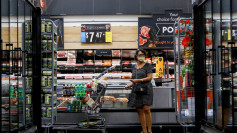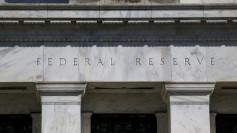U.S. consumers are set to bear a sharply higher share of President Donald Trump's new tariffs, with economists warning the measures could push inflation well above the Federal Reserve's 2% target by year-end.
Goldman Sachs estimates that households have so far absorbed about 22% of tariff costs in 2025, but that figure is projected to climb to 67% by October, following patterns seen in earlier rounds of trade measures. Businesses, which have shouldered about 64% of costs to date, are expected to pass most of those increases along to customers in coming months.
"Although the passthrough rate appears to be increasing rapidly over time, it still remains somewhat below the passthrough rate that we estimate at the same point in time during the 2018-2019 trade war," Goldman economist Elsie Peng wrote in a note.
The Trump administration has imposed a 10% baseline tariff on all foreign imports, alongside targeted duties on specific products and countries, including a 25% rate on Indian goods that could double later this month over New Delhi's purchases of Russian oil. Negotiations with some trading partners-including the U.K., E.U., and Japan-have led to reduced rates, but talks with China have yet to yield a finalized agreement beyond a short-term pause on retaliatory increases.
Goldman's analysis shows exporters have absorbed roughly 14% of the tariff burden so far, a share expected to rise modestly to 25% by year-end. Prices for categories heavily exposed to imports have jumped markedly, with household appliances and electronics rising about 7.5 percentage points more than they would have without tariffs.
Some major companies have already signaled they will raise prices. Walmart, Nike, Adidas, and Procter & Gamble have warned customers about cost increases, while more than 60% of CEOs surveyed by the Conference Board said they are certain to pass tariffs through to consumers, and another 16% said they are considering it.
Goldman estimates tariffs have already boosted the core Personal Consumption Expenditures price index-the Fed's preferred inflation gauge-by 0.20 percentage points. The bank expects another 0.16% lift in July, followed by 0.5% from August through December, placing year-over-year core PCE at 3.2% in December. Without tariffs, Goldman says, the underlying trend would be closer to 2.4%.
Treasury data show customs duties have generated more than $100 billion in revenue so far this year. Deutsche Bank noted last month that this underscores "someone is paying" for the tariffs, despite the president's assertion that foreign exporters would "eat" the costs.






